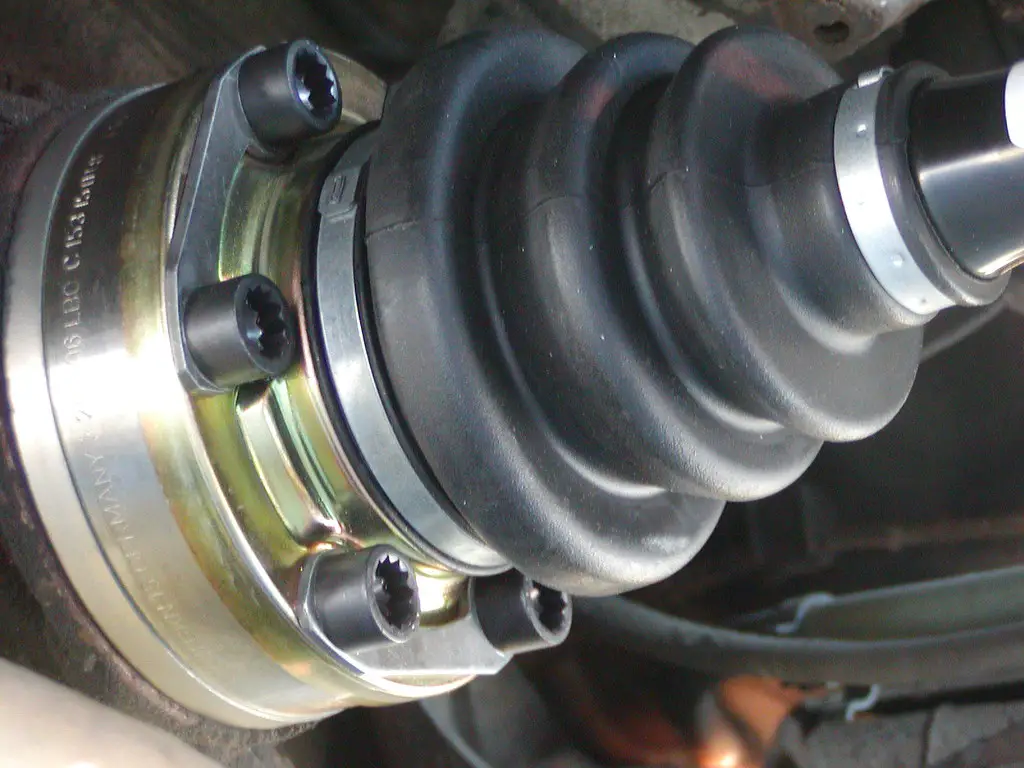As a car enthusiast, understanding the ins and outs of your vehicle is essential. One common issue that drivers may encounter is a popping noise when turning the wheel. This sound can be unsettling, but it’s crucial to diagnose and address the problem promptly. In this guide, we’ll walk you through the steps to troubleshoot and fix the issue, helping you become a more confident and knowledgeable car owner.
Step 1: Identifying the Origin of the Noise
The first step in addressing the popping noise when turning is to identify which side of the vehicle the sound is coming from. Enlist the help of a friend to accompany you on a drive, as their additional set of ears can aid in pinpointing the exact location of the noise. By comparing observations, you can better determine the source of the problem.
Step 2: Checking the Steering Components
Next, focus your attention on the steering components. Look for signs of wear and tear in the steering column and steering rack. Worn or damaged components could be the cause of the popping noise. Pay attention to any difficulty in turning the wheel or a loose, wobbly steering wheel, as they might indicate underlying issues.
Step 3: Examining the Suspension System
Your vehicle’s suspension system is another critical area to inspect. This system comprises several parts, including coil springs, strut mounts, and bushings, which could be potential sources of the popping sound. Thoroughly examine these parts for signs of excessive wear, breakage, or damage.
To ensure a comprehensive inspection, you may need to lift your vehicle to gain better visibility. Remember that damage might not always be visible at first glance, so a careful examination is crucial.
Step 4: Inspecting the Tie Rod Ends
The tie rod ends, responsible for connecting your wheels to the power steering box, are potential culprits for the popping noise. Check for any signs of excessive play or compromised bushings, as they may necessitate replacements.
Step 5: Repairing or Replacing Damaged Parts
Once you’ve identified the problematic components, it’s time to address them. Consider replacing suspension parts in pairs to maintain your vehicle’s balance and ride height. Don’t hesitate to replace any worn or near-end components.
Step 6: Seeking Professional Assistance
If you’re unsure about diagnosing or fixing the issue yourself, don’t hesitate to seek help from a professional mechanic. The cost of professional assistance is worth it compared to potential damages from DIY attempts. Your safety and the smooth operation of your vehicle should always be the priority.
Step 7: Emphasizing Regular Maintenance
Lastly, remember that regular maintenance is crucial in preventing such issues. Keep an eye on the health of your car’s components and address any unusual noises or behaviors promptly. Proactive maintenance will ensure the longevity of your vehicle and keep it in excellent condition for the road.
Essential Knowledge: Additional Warning Signs
While a popping noise when turning is a significant concern, other warning sounds may indicate serious car problems. Listen for sounds like a coin spinning in a dryer, squealing brakes, rhythmic squeaks or clunks, or howling and whining sounds from under the hood. If you notice any of these noises, have your car checked immediately to prevent more significant issues.
Conclusion:
As a beginner or seasoned car enthusiast, understanding how to diagnose and troubleshoot issues with your vehicle is empowering. Addressing a popping noise when turning requires careful inspection and, if necessary, professional assistance. Regular maintenance and proactive care will ensure a smoother driving experience and keep your car in excellent shape for years to come. Remember, being knowledgeable about your vehicle can save you time, money, and headaches down the road.

